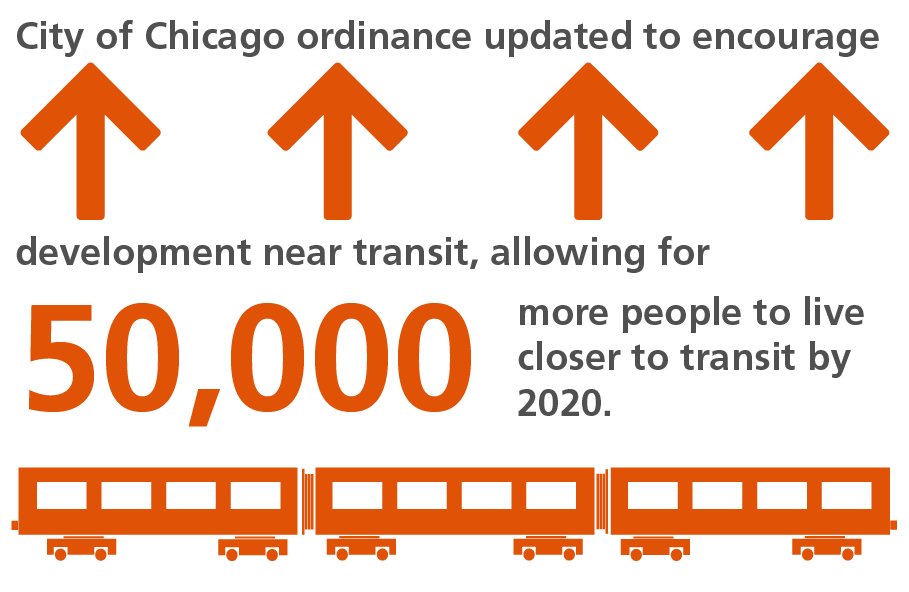Chicago is primed to be a dominant city
By Chrissy Mancini Nichols
Dec 9, 2015
This post first appeared at metroplanning.org
This year I’ve spent a lot of time figuring out what’s going on with Chicago’s population and economic growth.
Chicago—architectural gem, beautiful lakefront, situated on one of the world’s largest bodies of fresh water, excellent transit system, top universities, transportation hub, the best museums, Michelin star restaurants, relative affordability and on and on.
You would assume these traits make Chicago a place people want to be. I did. My friends and colleagues did too.
So that makes what I’ve learned over the past year about Chicago’s growth so shocking—and frustrating.
Chicago's Art Institute was voted #1 museum in the world. Here the two bronze lions that flank the Michigan Avenue entrance support another Chicago #1, the National Hockey League champion Blackhawks.
Last year the City of Chicago that I love grew by a measly 82 people, the Chicago metropolitan region was 18th in population growth out of the top 20 metros and Illinois was one of only six states to lose population. Places like Minneapolisand Nashville are outpacing Chicago by thousands of people each year and Houston will soon take our spot as third most populous city in the nation.
What’s maddening is that it’s not retirees moving to Florida or Arizona for warmer weather. Most Chicagoland and Illinois defectors are heading to neighboring states—Wisconsin and Indiana.
And Chicago should be top of the charts because it’s the place that could grow the most sustainably. California has no water. The coasts have rising sea levels, hurricanes and earthquakes. Texas and Tennessee don’t have transit systems, so people are stuck with driving as their only commuting option.
Chicago is the best food city in the nation— home to two Top Chef winners and 22 Michelin Star and 58 Bib Gourmands restaurants.
If Chicagoland grew at the average rate of the top 20 most populous metros, each year we’d have 75,000 more people, $4.2 billion more in personal income and $271 million additional state and local tax dollars. Real numbers that could improve state and local budget deficits without raising taxes and build a larger, better-skilled labor force that generates economic benefits as they earn income and purchase goods and services, ride transit and buy or rent homes.
One surprising number I learned this year: 96
Over the past five years Chicago’s household growth was 96 percent non-family: singles or people living together that are not related or not married. That’s not balanced growth. Our peer cities with higher costs of living all had more growth in family households—New York, San Francisco, Washington, D.C., Los Angeles and Seattle.
So what’s the plan?
We can start by investing to make all of our neighborhoods more attractive for everyone. The Metropolitan Planning Council is working to build more transit-oriented development to make people’s commutes easier; on housing initiatives that reduce household costs and expand transit access for low-income families; on advocating that Illinois, like other states, invest in infrastructure; that the region stops wasting Lake Michigan water so we can instead use it for economic development; and to eliminate fragmentation of governments so residents can decipher their property tax bills.
Chicagoland is lucky to have all the natural and cultural assets a person could want, but what I’ve learned is we aren’t capitalizing on them. If the Chicago region wants to keep people from leaving, like other cities and states, our leaders need to act.
With excellent bus, rail and bike share systems in Chicago, commuters have numerous transportation options, but we must continue to invest.




